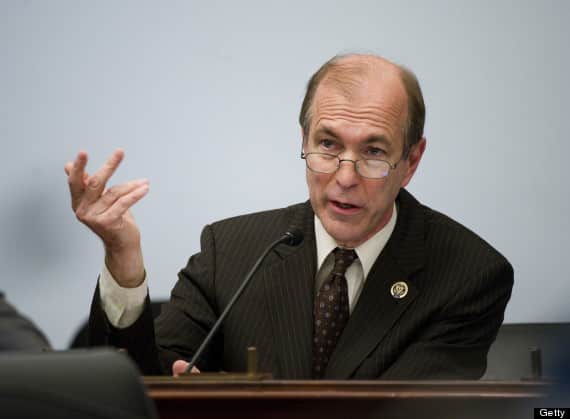
Apr 25, 2016
Ridgewood NJ, Rep. Scott Garrett (NJ-05) today called upon U.S. Environmental Protection Agency (EPA) Administrator Gina McCarthy and EPA Region 2 Administrator Judith Enck to re-evaluate their decision to place a barrier over the 166,000 tons of contaminated materials at the Ringwood Superfund Site instead of pursuing complete removal of the toxic substances.
Recent discoveries of significant levels of 1,4-dioxane, a probable human carcinogen that may result in liver, kidney, and upper respiratory damage, at levels close to 100 times the state maximum standard, raises new concerns about the EPA’s decision to cap the site. Congressman Garrett demands that the EPA identify all potential toxic substances that may be present at the Ringwood Superfund Site and ensure that a new cleanup plan rectifies the presence of all hazardous substances once and for all.
“As you know, the Ringwood Superfund Site is a decades old and continued concern for New Jersey residents,” said Garrett in his request to the EPA. “The discovery of an additional toxic substance has increased public concern about the EPA’s decision to approve the plan to cap the site. New Jersey residents deserve to know that a plan to mitigate hazardous substances in their communities will be successful and will permanently remove the public health threat posed to them.”
The Congressman is also demanding answers from a February 2016 letter where he requested information about groundwater tests when it came to light that they had knowledge of the presence of 1,4-dioxane. To date, the EPA has not responded to these requests.
Congressman Garrett’s Specific Requests from the EPA:
1. Is the EPA reevaluating the decision to cap the site instead of a full cleanup due to the discovery of a new toxic substance and the possibility that other toxic substances may be present?
2. What were the reasons behind approving the plan to cap the site despite the EPA initially supporting a full cleanup?
3. What are the criteria for pursuing the plan to cap the site and does the presence of a new toxic substance affect these criteria?
To read the entire letter, click here.

